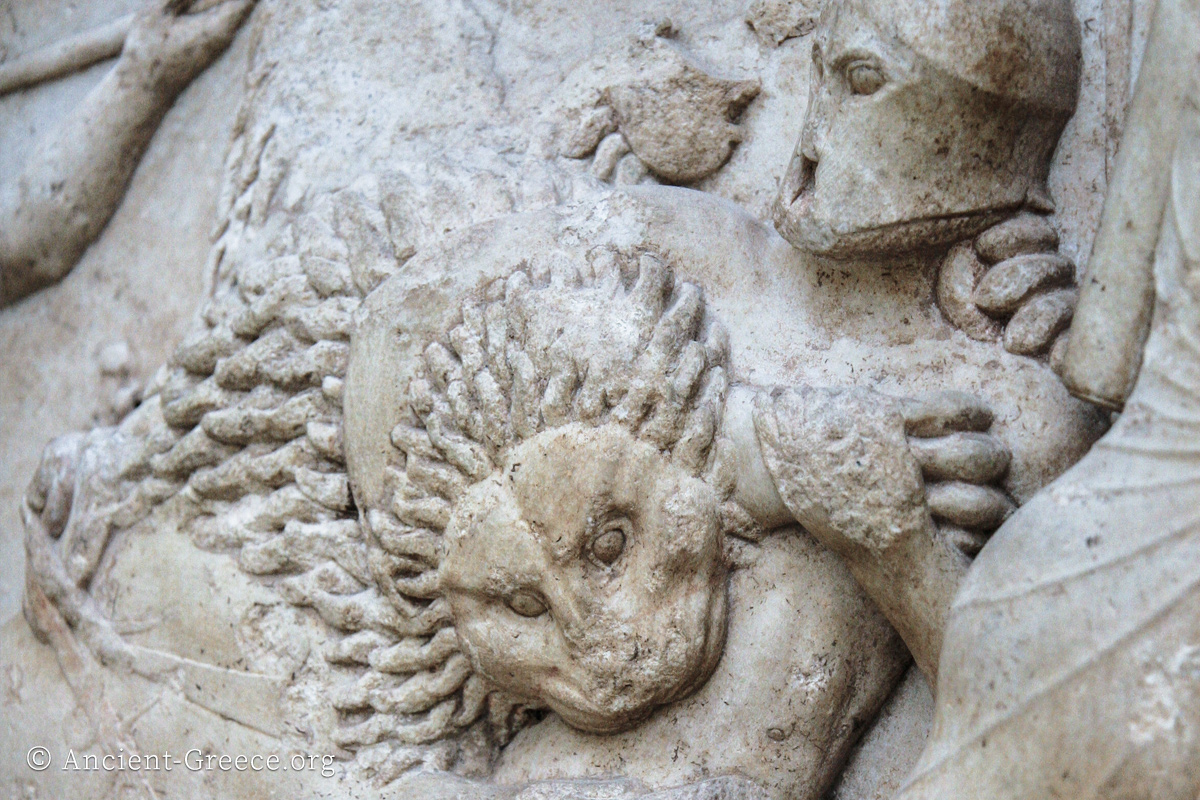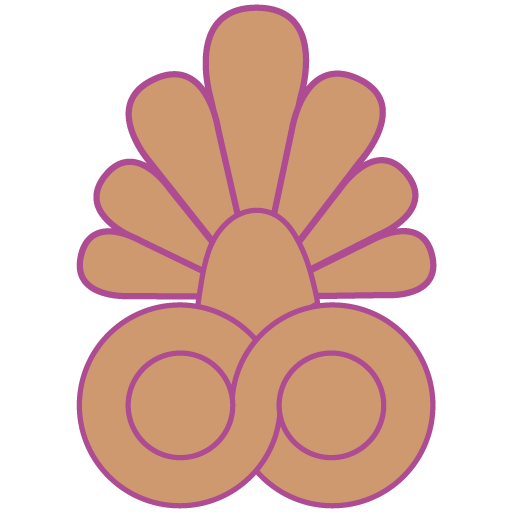Mythology
-

Eurynome
Read more: EurynomeEurynome was mother to the Charities (the Three Graces) with Zeus. She was daughter of the titan Oceanus. In the myths pertaining to Hephaestus, Eurynome and the goddess Thetis nursed the Olympian god when he was an infant…
-

Furies
Read more: FuriesThe three Furies—Tisiphone, Megaera and Alecto—were deities of vengeance. The Iliad depicts them as residing below Earth in the underworld where they punish evildoers. When the Titan Cronus wounded his father Uranus, the Erinyes sprung from his blood. Their office…
-

Ganemedes
Read more: GanemedesThis handsome youth was the prince of Troy, son of Tros (or Laomedon). Because of his unusual beauty, Zeus transformed himself into an eagle and kidnapped Ganymede to serve as a cupbearer to the gods. Some sources say…
-

Ge
Read more : GeEarth goddess or Mother Goddess Deity worshiped mainly in Mainland Greece during prehistoric times (aprox. 14th – 11th c.)
-

Gigantomachy
Read more: GigantomachyThe Division of the World Zeus and his brothers, who, having gained a complete victory over their enemies, began to consider how the world, which they had conquered, should be divided between them. At last it was settled…
-

Glaucus
Read more: GlaucusSeveral deities in Greek mythology possessed the name Glaucus. He was a minor god of the sea endowed with the gift of prophecy. In the story of Jason and the Argonauts, Glaucus bids Jason and his crew to…
-

Gorgons
Read more: GorgonsThe Gorgons, Stheno, Euryale, and Medusa, were the three daughters of Phorcys and Ceto, and were the personification of those benumbing, and, as it were, petrifying sensations, which result from sudden and extreme fear. They were frightful winged…
-

Graeae
Read more: GraeaeThe Grææ, who acted as servants to their sisters the Gorgons, were also three in number; their names were Pephredo, Enyo, and Dino. In their original conception they were merely personifications of kindly and venerable old age, possessing…
-

Hades (Pluto)
Read more: Hades (Pluto)Hades ᾍδης (Aïdes, Aïdoneus, or Hades), was the son of Cronus and Rhea, and the youngest brother of Zeus and Poseidon. He was the ruler of that subterranean region called Erebus, which was inhabited by the shades or…
-

Harpies
Read more: HarpiesThe Harpies, who, like the Furies, were employed by the gods as instruments for the punishment of the guilty, were three female divinities, daughters of Thaumas and Electra, called Aello, Ocypete, and Celæno. They were represented with the…


